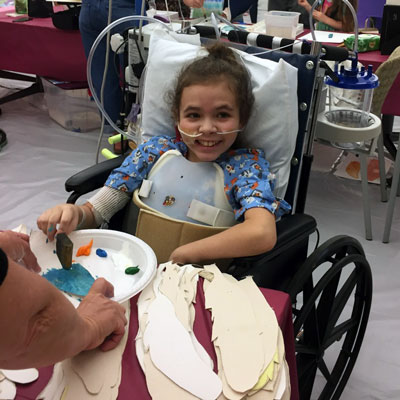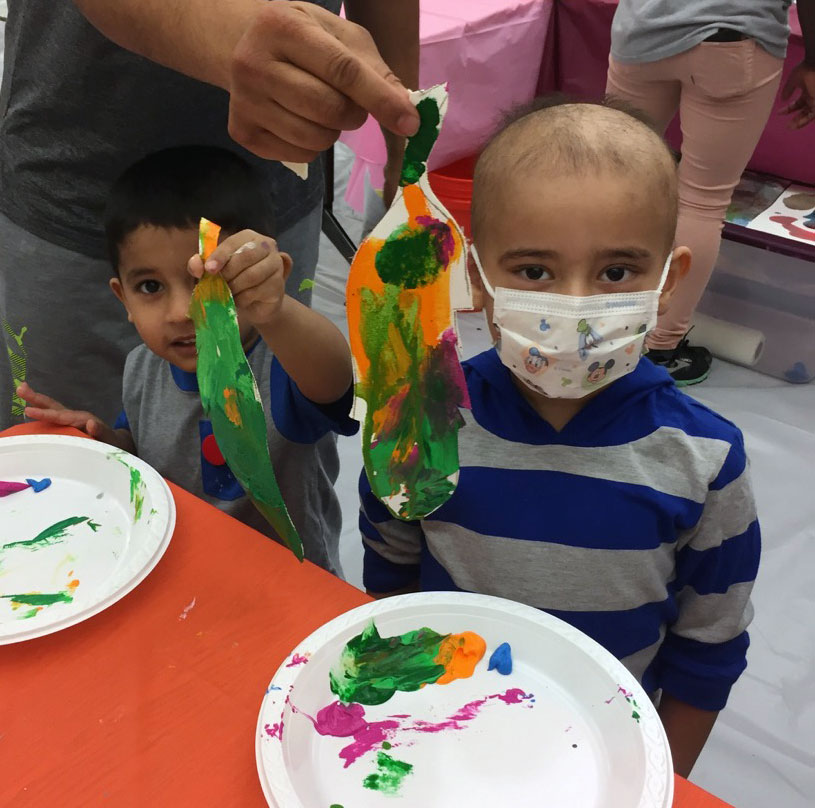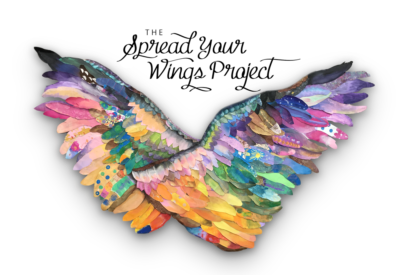Art Therapy
“I shut my eyes in order to see.”
-Paul Gauguin
“Art therapy is an integrative mental health and human services profession that enriches the lives of individuals, families, and communities through active art-making, creative process, applied psychological theory, and human experience within a psychotherapeutic relationship.” – American Art Therapy Association
Art therapy provides a safe, supportive and non-judgmental place for emotional processing, sharing guided creative practices that allow experiences and images to safely come up and out. It offers the potential for deep insight and deep healing for almost every population.
In Art therapy, we “make” things that honor who we are, along with all of our experiences, positive and negative. Through this process, we regulate our emotions, express our feelings and simply feel better.
I am honored to be pursuing a master’s degree in art therapy to deepen my knowledge and increase my ability to support others in this way.
For more information and resources visit the American Art Therapy Association at https://arttherapy.org/
ART THERAPY HAS ALSO BEEN PROVEN TO GREATLY REDUCE STRESS AND ANXIETY, JOG THE MEMORIES OF ALZHEIMER’S PATIENTS, AND SIGNIFICANTLY DIMINISH DEPRESSION.[1]
The documented, scientific benefits of Art Therapy are undeniable, and I am honored to be on my way to joining the ranks of Art Therapists around the country. As a licensed Art Therapist, I look forward to working with my peers in making Art Therapy accessible to as many people as possible.
In a landmark study done at Northwestern Memorial Hospital, after spending just one hour working on art projects of their choice, cancer patients reported significant reductions in eight of nine cancer-related symptoms, measured by the Edmonton Symptom Assessment Scale.[2]

The scientific benefits of creative practices and art therapy are well-documented, life-changing and endless. And, they are backed up by a multitude of research: In 2010, the American Journal of Public Health published a review titled, The Connection Between Art, Healing, and Public Health. Each study examined more than thirty patients battling chronic illness and cancer.
Results of art therapy according to researchers:
As the positive research continues to pour in, hospitals, Veteran’s clinics, crisis centers, Senior Communities, wellness centers, community outreach programs and psychiatric facilities around the world, to name a few, are integrating Art Therapy into their programs.
For children, the benefits of Art Therapy are profound
Children are naturally more comfortable expressing themselves with crayons than with words. Art Therapy helps them process trauma, express emotions, and navigate extraordinary challenges. It basically allows kids to be kids – whether they have suffered abuse, have been battling disease or have been traumatized in any way, Art Therapy supports them in being emotionally better equipped to move forward in life.
Programs like Tracy’s Kids and The Creative Arts Program at Boston Children’s Hospital are just two programs that provide therapeutic, creative intervention that uplifts and engages younger patients

A recent evaluation of the Creative Arts Program at Boston Children’s Hospital showed decrease patient’s perceived pain and a significant decrease in anxiety for both patient and family. [3]
of parents surveyed reported their child had reduced anxiety.
of parents surveyed reported that their child had less perceived pain.
of patients surveyed reported reduced anxiety.
of patients surveyed reported less perceived pain.
Art Therapy can benefit anyone: in a world where language is our primary form of communication, Art Therapy allows participant to express what they cannot say with words.
Tracy’s Kids at San Antonio TV29

